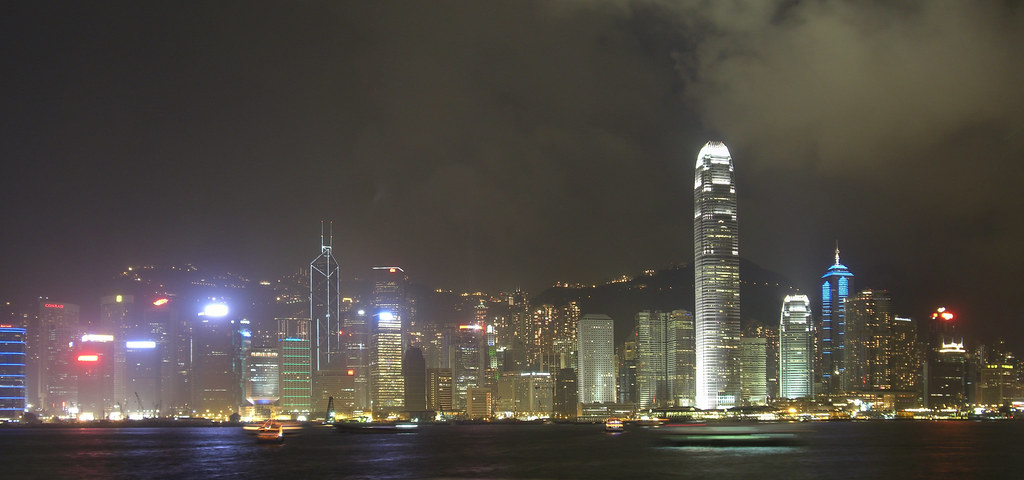
“Elections” are often the first thing people think of when they think about democracy. And while elections are a key component, there is much more to democracy than that.
For example, effective democracy requires the rule of law, the separation of powers, functioning political parties, an empowered civil society, free speech and media, and many other components. One of those other components—the freedom of assembly—has recently been prominently displayed in Hong Kong.
The people of Hong Kong are reminding us of just how powerful the exercise of freedom of assembly can be. This June, millions of people turned out to peacefully protest an extradition law the Hong Kong government, led by Chief Executive Carrie Lam, planned to implement. The law would have allowed for the extradition of those detained in Hong Kong, which has a relatively robust rule of law, to mainland China, which does not. The law was the latest flashpoint about what China’s “one country, two systems” means in practice since the transfer of Hong Kong’s sovereignty from Great Britain to the People’s Republic of China in 1997.
The case that Lam invoked to justify the law had little to do with politics: a young man murdered his girlfriend in Taiwan and returned to Hong Kong, but he could not be returned to face justice due to Hong Kong’s lack of an extradition treaty with Taiwan. Hong Kong also lacks an extradition treaty with mainland China, among other countries, and Lam insisted the law was merely meant to close legal loopholes. But many Hong Kongers worried that the law will effectively blanket Hong Kong with mainland China’s legal system, overriding Hong Kong’s separate judicial system with a rule-by-law system overseen by the Chinese Communist Party.
Hong Kong’s partial democracy provides few channels for public input into policy. Hong Kong’s chief executive is not elected by popular vote but rather by a selection committee made up of approximately 1,200 unelected members. Moreover, only half of the Legislative Council’s (LegCo’s) 70 seats are directly elected, with the remainder selected by functional constituencies.
However, the people of Hong Kong still exercise important democratic levers to influence power, and they have utilized the freedom of assembly, in particular, to great effect. On Sunday, June 9, 2019, an estimated 1 million Hong Kongers (13 percent of the population) peacefully protested against the law. The government did not back down. On Wednesday, June 12, the day the LegCo was due to debate the law, thousands continued to protest. On Sunday, June 16, an estimated 2 million people—a quarter of the population—protested. Even before the largest protest on June 16, Chief Executive Lam realized she could no longer ignore the will of the people and suspended the law, some surmise for good.
This is not the first time the Hong Kong people have used peaceful protest to express concern over government actions: in 2003, 500,000 of them convinced the government to scrap national security legislation, and annually thousands gather to commemorate the Tiananmen Square massacre. These latest protests do not mark the end of Hong Kong’s negotiation with the PRC over what “one country, two systems” means in practice. But they are an important example for all of us of what ordinary citizens can achieve with democratic tools that extend beyond the ballot box.
Top